What Makes A Standard Plant: Learn About Standard Plant Features
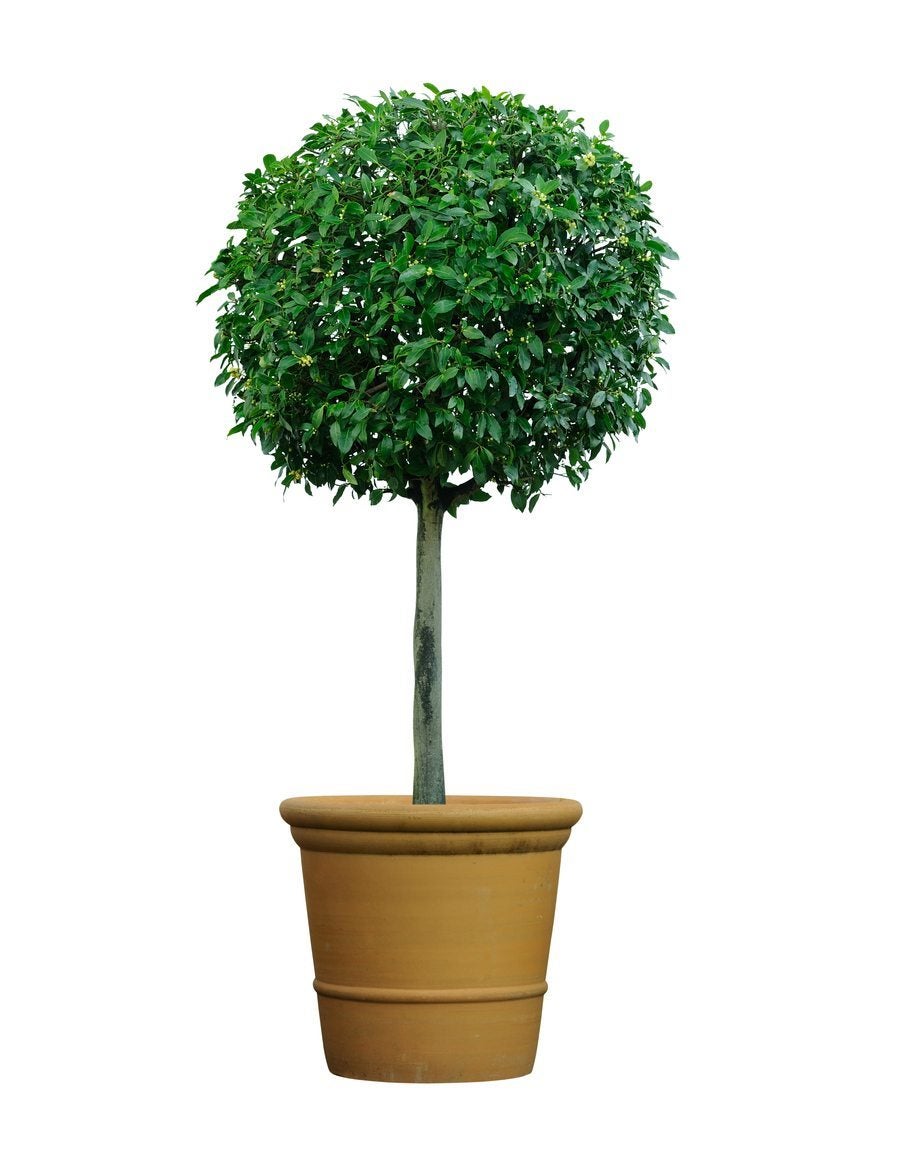

Plants come in many forms – vining, trellised, topiary, coppiced, bonsai, etc. The list goes on. But what are standard plants? A standard plant features a woody trunk and is more or less a tree-like form of a trained plant. It may be a tree, but it can also be a more herbaceous specimen that has been meticulously manicured to resemble a single stemmed plant. They are available at many nurseries and plant centers or you can create your own standard. These stand-out plants have vertical impact in containers or in the garden setting. Learn how to make a standard plant and impress yourself with this wonderful stand-alone form.
What are Standard Plants?
While perusing nursery catalogs you may come across the term "standard." What does this mean? It means you are in for a real treat, both in ease of care and in eye-catching beauty. Standards may be needled evergreens, deciduous fruiting, or even flowering perennials. It takes time to create a standard, so for the do-it-yourselfer, patience is a virtue. Many enthusiasts have fun names for standards such as ball on a stick or lollipop. This gives a visual cue to a standard plant's appearance. The term comes from the Old English "standan," meaning "to stand." Standard plant features include a single stem, sometimes woody, but if not, a supported main trunk of some sort. It may be a twined stem such as in the case of a standard wisteria, which is made by winding the vines around themselves to support a leafy canopy. The process starts when the plant is young and there are three main ways in which to develop a standard form.
What Makes a Standard Plant?
It is the supported leaf and flower portion of a plant that designates it as a standard. Plants that accommodate the form might include:
The key is selection of a young plant that still retains flexibility in the stem. Training consists of removing any competitive stems and pruning to achieve the shape. You can start with a seedling, a cutting, or an established container plant. During training it is important to keep the stem or trunk straight and true for best appearance. Training a plant yourself is much more economical than purchasing one already developed. It is not hard, but does require some time and attention to the growing standard.
How to Make a Standard Plant
The quickest establishment is through the use of a mature plant, but it takes more time to develop the stem. In this case, lop off any peripheral stems and stake the main trunk. Pinch off any shoots on the stem and only allow side shoots on the top of the stem to form a canopy. Depending on the plant, you can create a ball, cone or arching canopy. Another way to start a standard is with a rooted cutting. When the cutting is at least 10 inches (25 cm.) tall, begin training it to one central leading stem. In the second year, start to form the canopy. The final method to make a standard plant is with a seedling. This will really take some patience as the plant comes into maturity, but you can start even when the plant is young. Pinch off side shoots and stake the young stem. This is when you can also develop several stems to twine into a unified trunk. Keep standards potted while training for ease of care because in-ground plants are more likely to send up competitive shoots that will ruin all that careful work.
Gardening tips, videos, info and more delivered right to your inbox!
Sign up for the Gardening Know How newsletter today and receive a free copy of our e-book "How to Grow Delicious Tomatoes".

Bonnie Grant is a professional landscaper with a Certification in Urban Gardening. She has been gardening and writing for 15 years. A former professional chef, she has a passion for edible landscaping.
-
 How To Make A Bouquet Garni Or Herb Bundle For Cooking
How To Make A Bouquet Garni Or Herb Bundle For CookingIf you’re a great cook, you may have made an herb bundle before. If this is a new idea, learn how to add sparkle and interest to your dish with a bouquet garni.
By Amy Grant
-
 ‘Coral Charm’ Peony Care For Sublime Semi-Double Peonies With Lush Salmon Pink Flowers
‘Coral Charm’ Peony Care For Sublime Semi-Double Peonies With Lush Salmon Pink FlowersPeonies are known for their soft baby pink or magenta tones, but if plushy coral blooms are your thing, here’s our guide to the ultimate ‘Coral Charm’ peony care
By Tonya Barnett
-
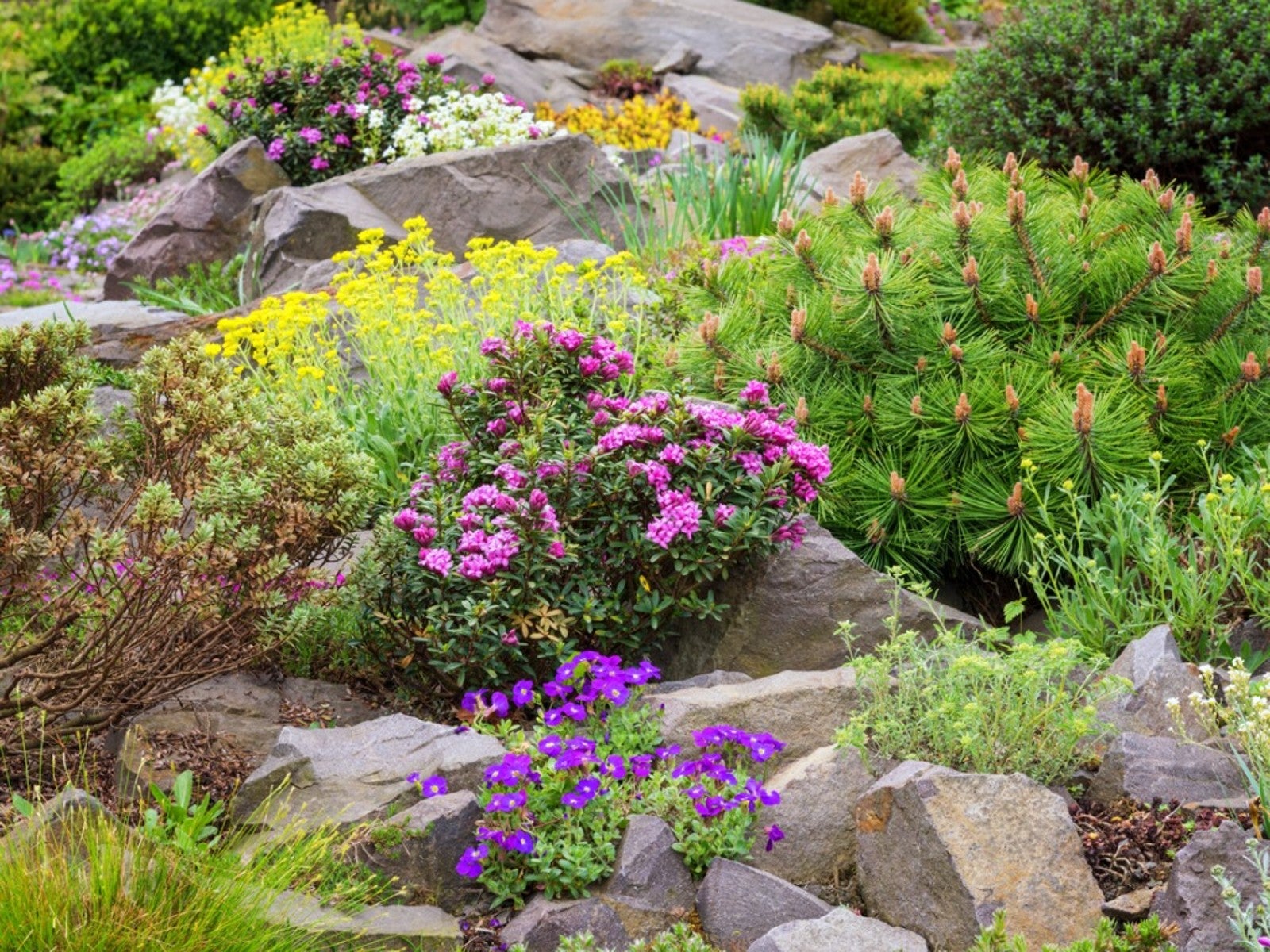 Best Short Bushes For Erosion Control
Best Short Bushes For Erosion ControlErosion is a serious problem that can be solved with the right plants. Read about some low-growing shrubs that can help with erosion control.
By Bonnie L. Grant
-
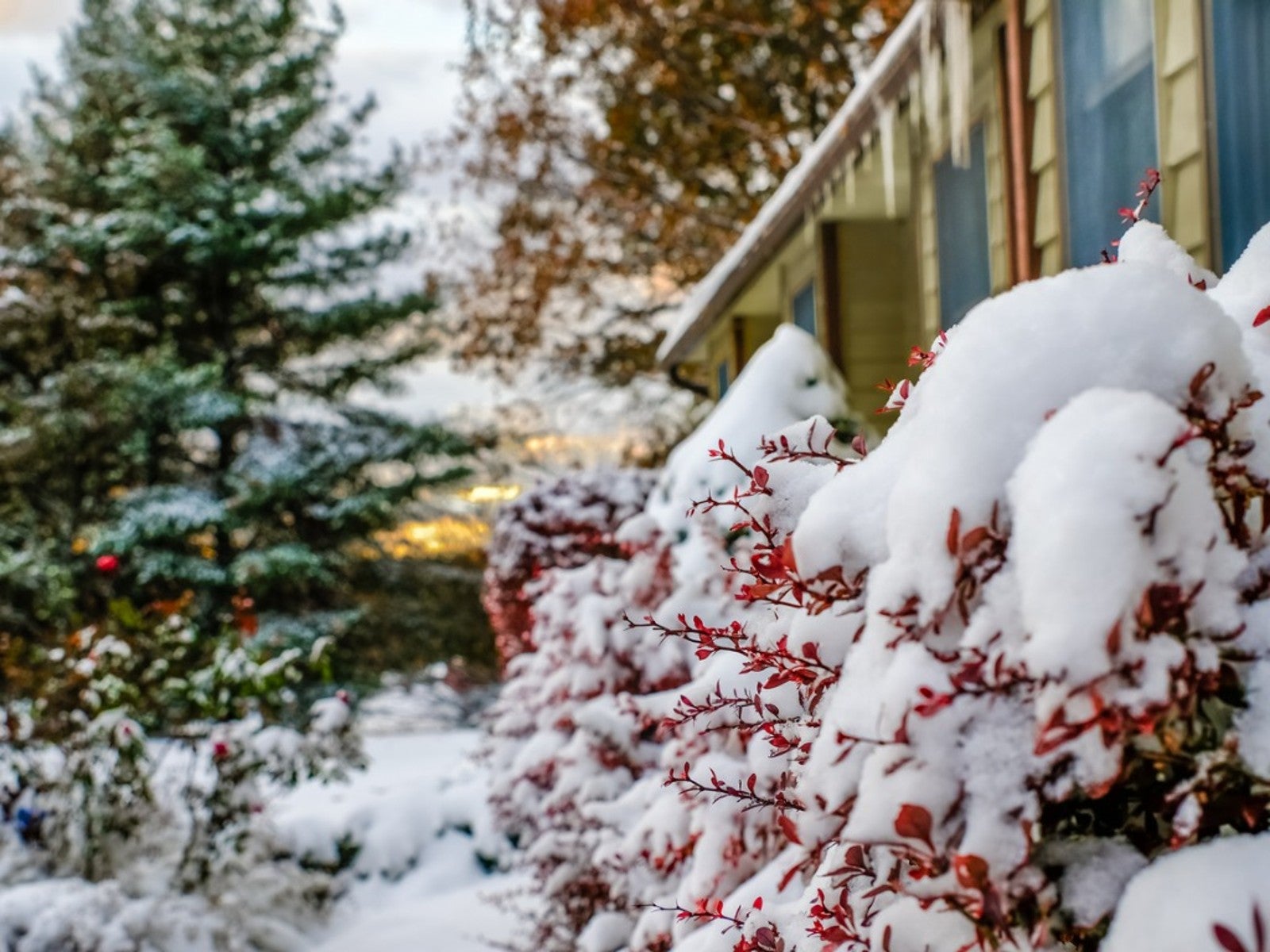 Super Hardy Shrubs And Trees For Northern Climates
Super Hardy Shrubs And Trees For Northern ClimatesWhat are the most cold hardy shrubs and trees for northern climates? Click here to find out.
By Teo Spengler
-
 Flowering Shrubs That Like Full Sun And Heat
Flowering Shrubs That Like Full Sun And HeatSome types of flowering shrubs love full sun and summer heat. Read on for full sun shrub suggestions.
By Teo Spengler
-
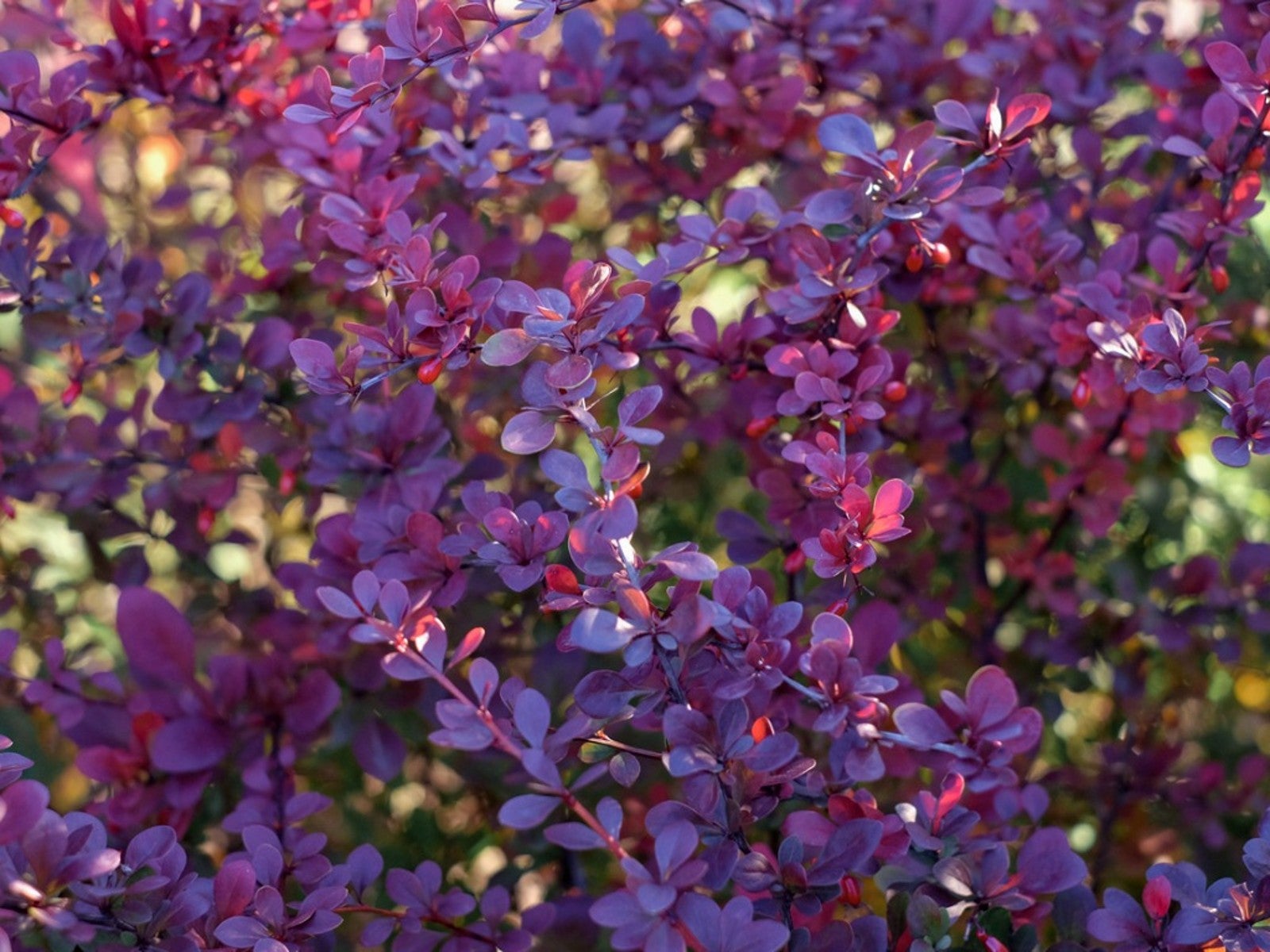 Types Of Shrubs With Purple Leaves
Types Of Shrubs With Purple LeavesIn a garden full of greens and pastels, many gardeners use purple bushes and shrubs for a touch of drama. Here are our favorites.
By Teo Spengler
-
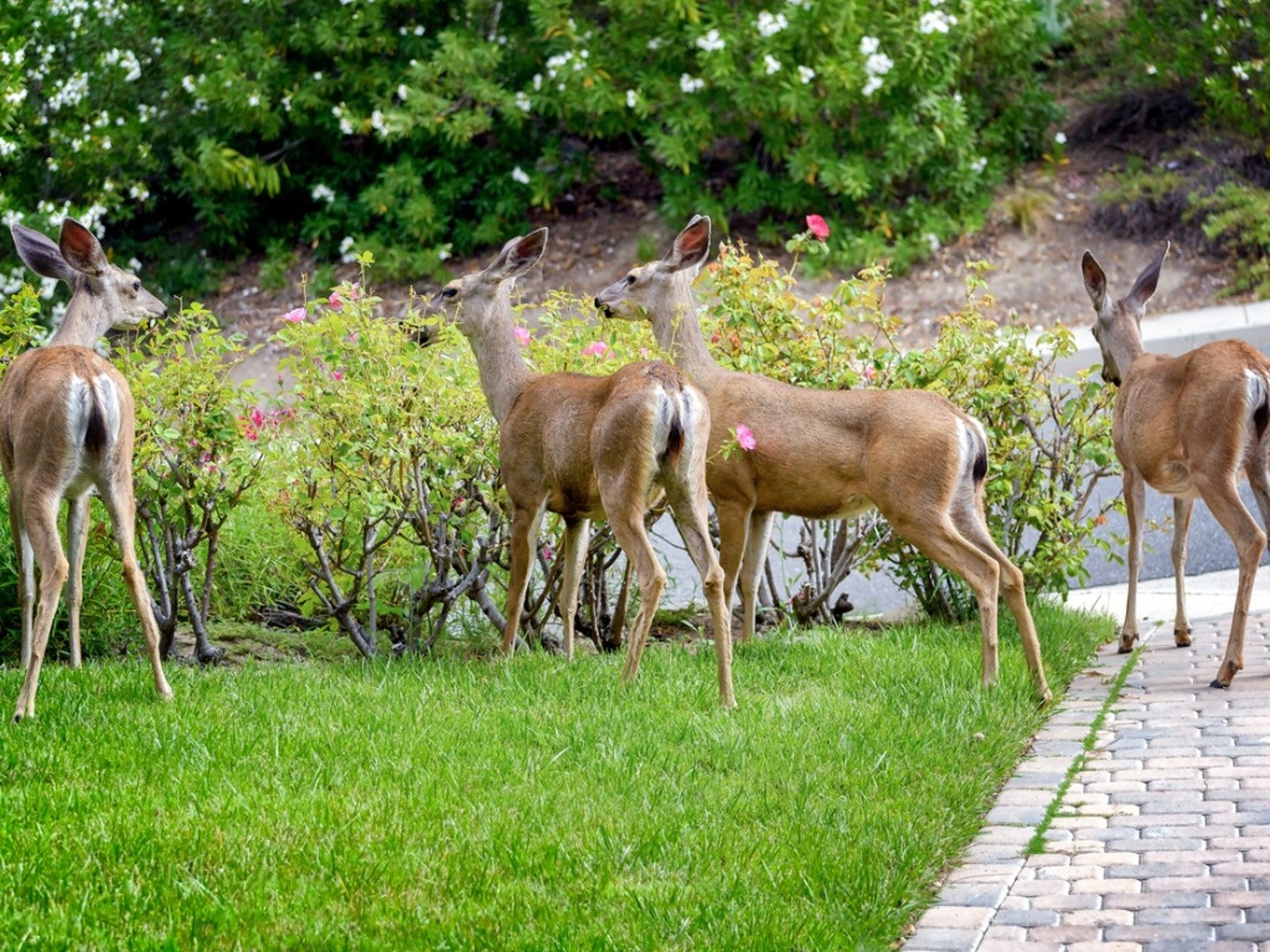 Flowering Shrubs That Are Deer Resistant
Flowering Shrubs That Are Deer ResistantThere is almost nothing a deer will not eat if it is hungry enough, but some plants are better than others. Read on for information on flowering deer resistant shrubs.
By Teo Spengler
-
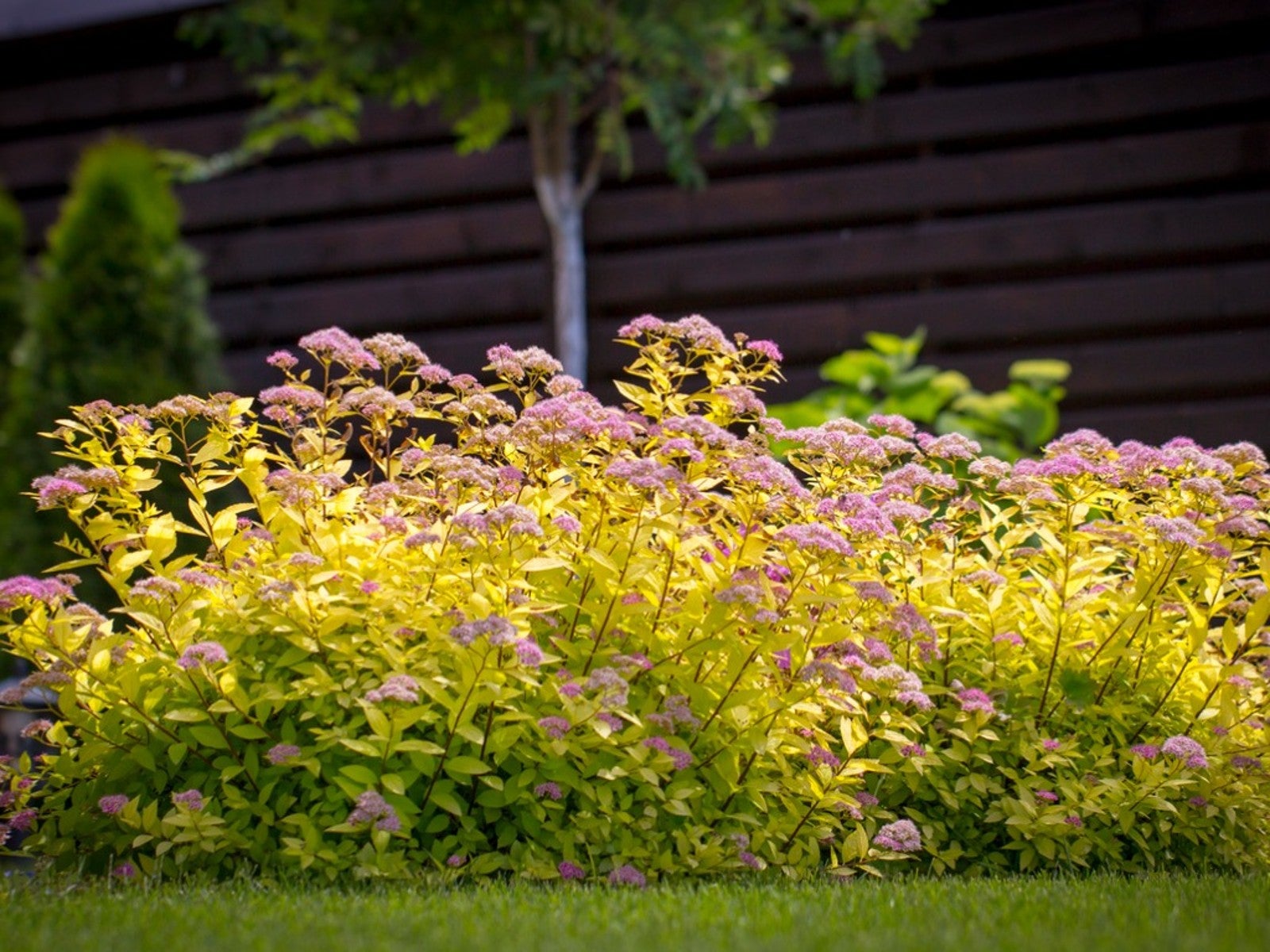 Blooming Invasive Bushes To Avoid
Blooming Invasive Bushes To AvoidWhen it comes to pretty flowers on honeysuckle, scotch broom, and butterfly bush, invasiveness hasn’t always mattered. Today, gardeners know better.
By Mary Ellen Ellis
-
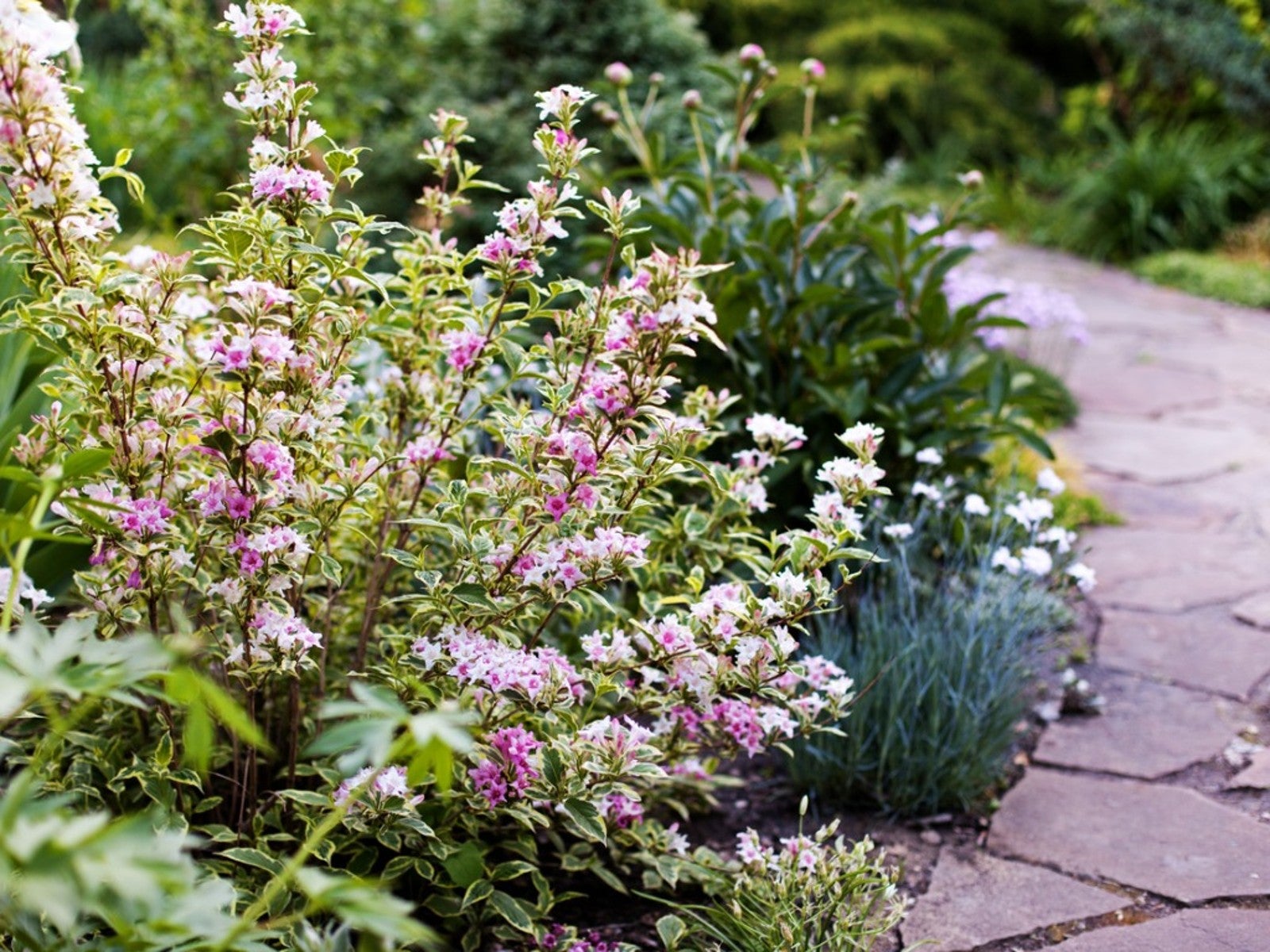 Easy To Care For Flowering Bushes
Easy To Care For Flowering BushesFlowering shrubs are a joy in the landscape, but many gardeners worry about maintenance. Read on for ideas on easy care flowering bushes.
By Teo Spengler
-
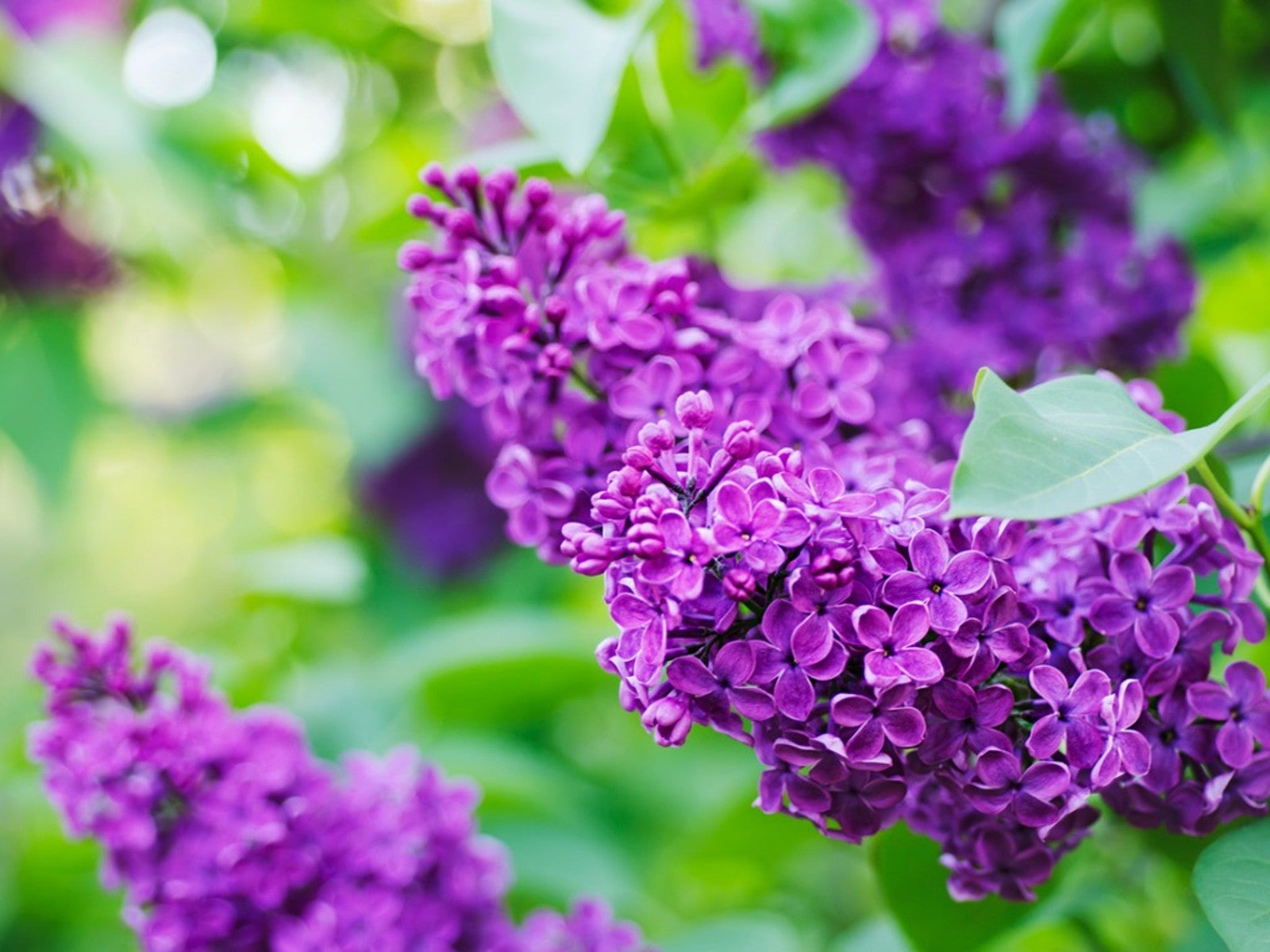 Pretty Purple Flowering Shrubs
Pretty Purple Flowering ShrubsAll flowering shrubs add interest and color to the garden, so why not pick purple? Here are our top recommendations.
By Teo Spengler